How to Choose a Gantry Crane
Selecting the right gantry crane requires careful consideration of your specific operational needs, environmental conditions, and performance requirements.
1. Define Your Application and Purpose
Industry/Setting: Will it operate in a port, warehouse, construction site, factory, or outdoor yard?
Load Type: What materials will it lift? (e.g., containers, steel beams, machinery, bulk goods)
2. Determine Load Requirements
Maximum Load Capacity: Identify the heaviest item the crane will lift. Choose a crane with a rated capacity exceeding this weight to account for safety margins (e.g., a 10-ton crane for 8-ton loads).
3. Specify Dimensional Needs
Span: Measure the distance between the crane’s supporting legs (or rails). Ensure the span covers the entire working area (e.g., between storage racks or workstations).Lifting Height: Calculate the vertical distance from the ground (or floor) to the highest point the load needs to reach. Include clearance for overhead obstacles.
4. Evaluate Environmental Conditions
Location: Indoor cranes may require less weather resistance, while outdoor models need protection against rain, wind, UV rays, or extreme temperatures (opt for corrosion-resistant coatings or enclosed motors).
Terrain: For outdoor use, consider ground conditions. Rubber-tired gantry cranes (RTGs) work well on uneven surfaces, while rail-mounted gantry cranes (RMGs) need level rail tracks.
Hazardous Environments: If operating in areas with dust, chemicals, or explosive materials, choose explosion-proof or dust-tight components (certified to standards like ATEX or IECEx).
5. Choose the Right Configuration
Gantry cranes come in various designs; select one that matches your workflow:
Full Gantry: Two support legs running on rails or tires, offering maximum stability for heavy loads.
Semi-Gantry: One leg runs on a rail, and the other is mounted on a wall/structure, ideal for tight spaces.
Cantilever Gantry: Extending arms (cantilevers) beyond the legs to lift loads outside the main span, useful for loading/unloading trucks.
Single/Double Girder: Single-girder cranes are cost-effective for lighter loads; double-girder designs handle heavier capacities and longer spans.
6. Assess Performance and Controls
Speed Requirements: Determine lifting speed, trolley travel speed, and crane travel speed based on productivity needs
Control System: Options include pendant controls (wired/wireless), remote controls, or automated systems (for repetitive tasks). Ensure controls are user-friendly and safe.
Power Source: Electric cranes are standard for indoor use; diesel-powered models suit outdoor areas without electricity.


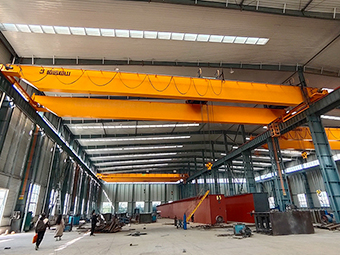
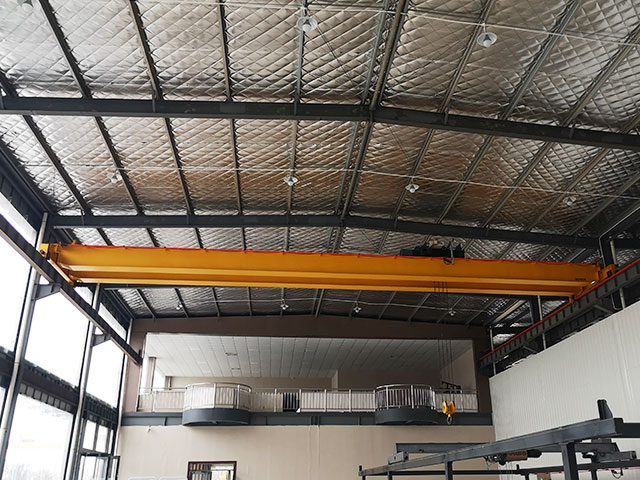
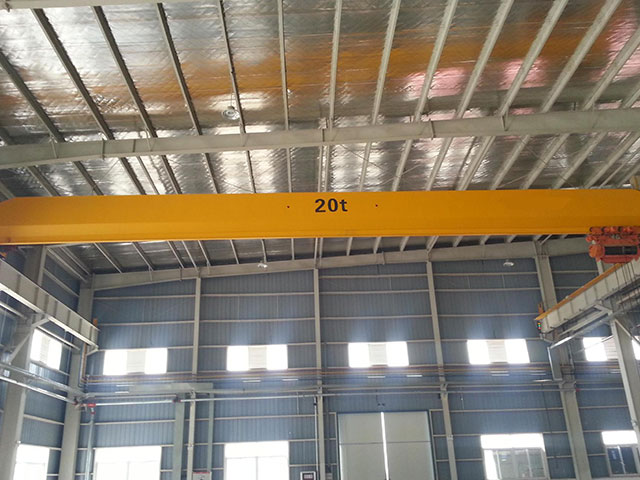
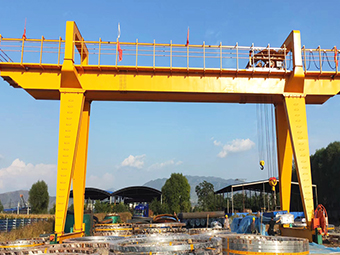
.jpg)
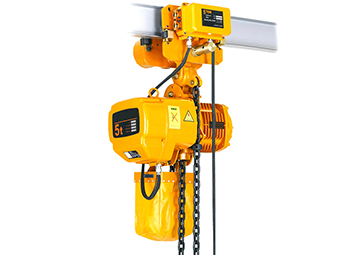
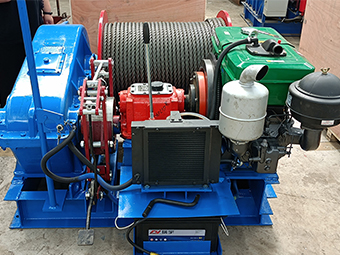
.jpg)
.jpg)

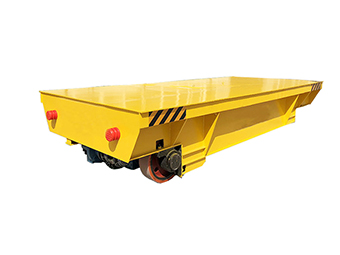
.jpg)



